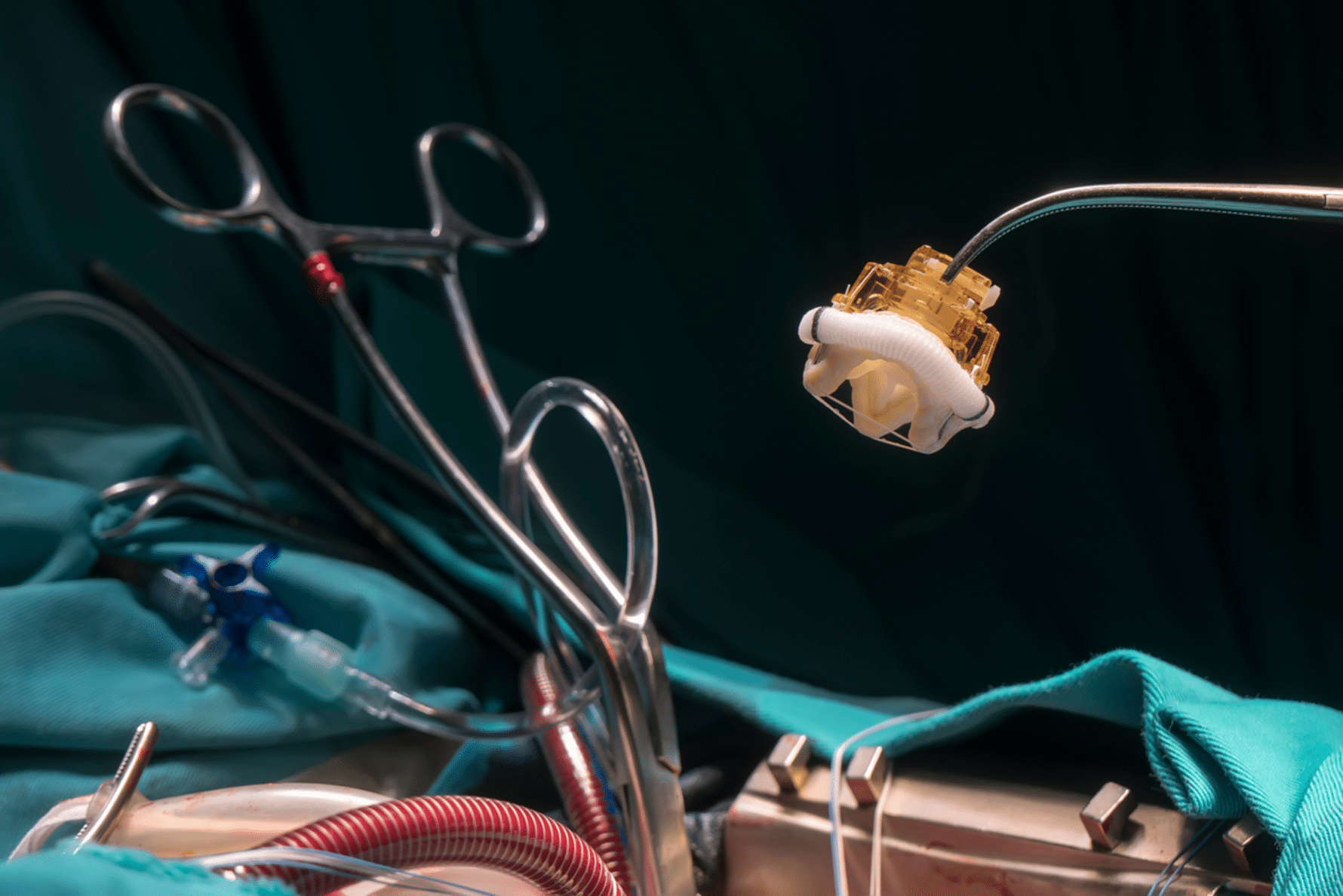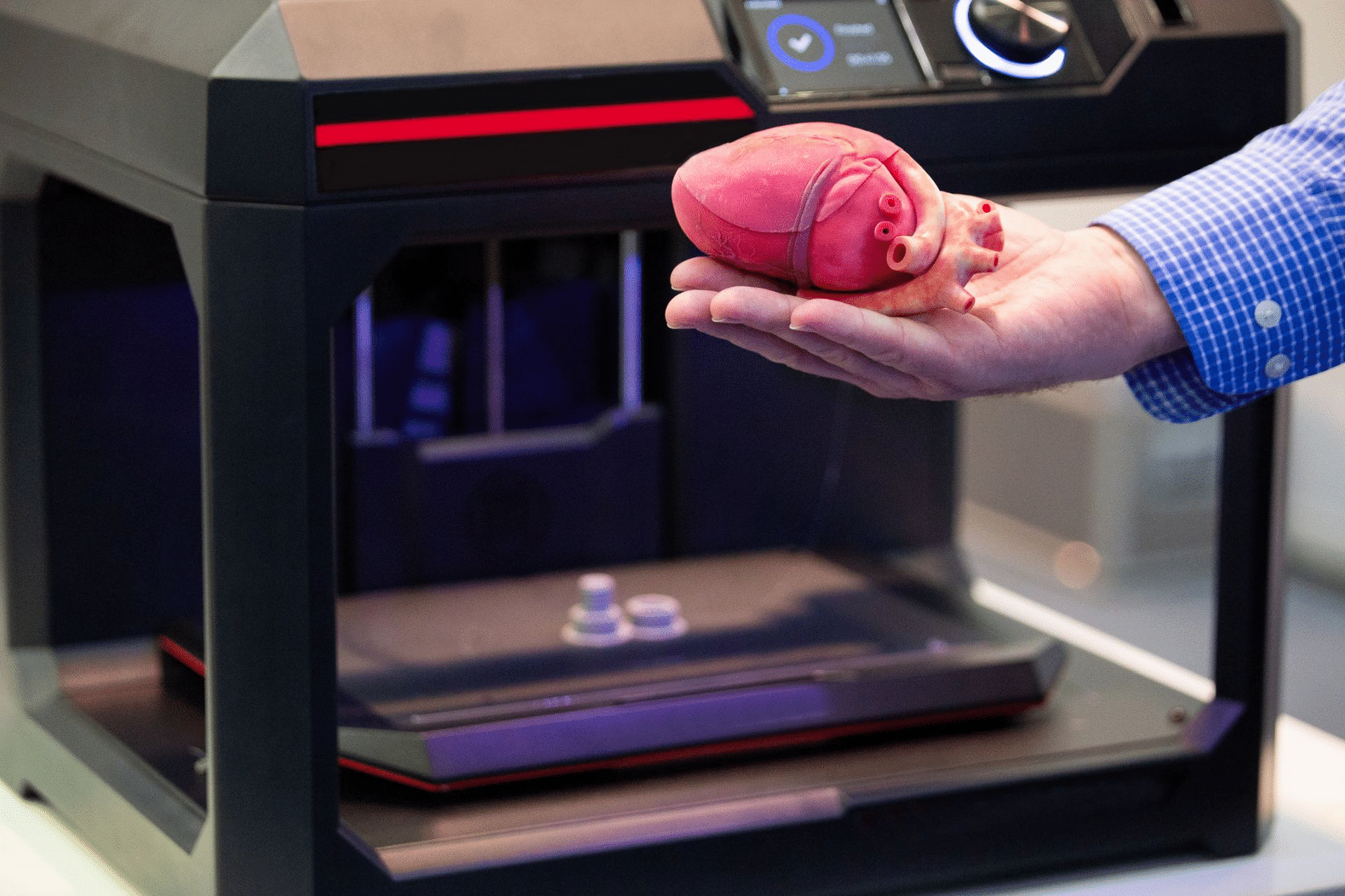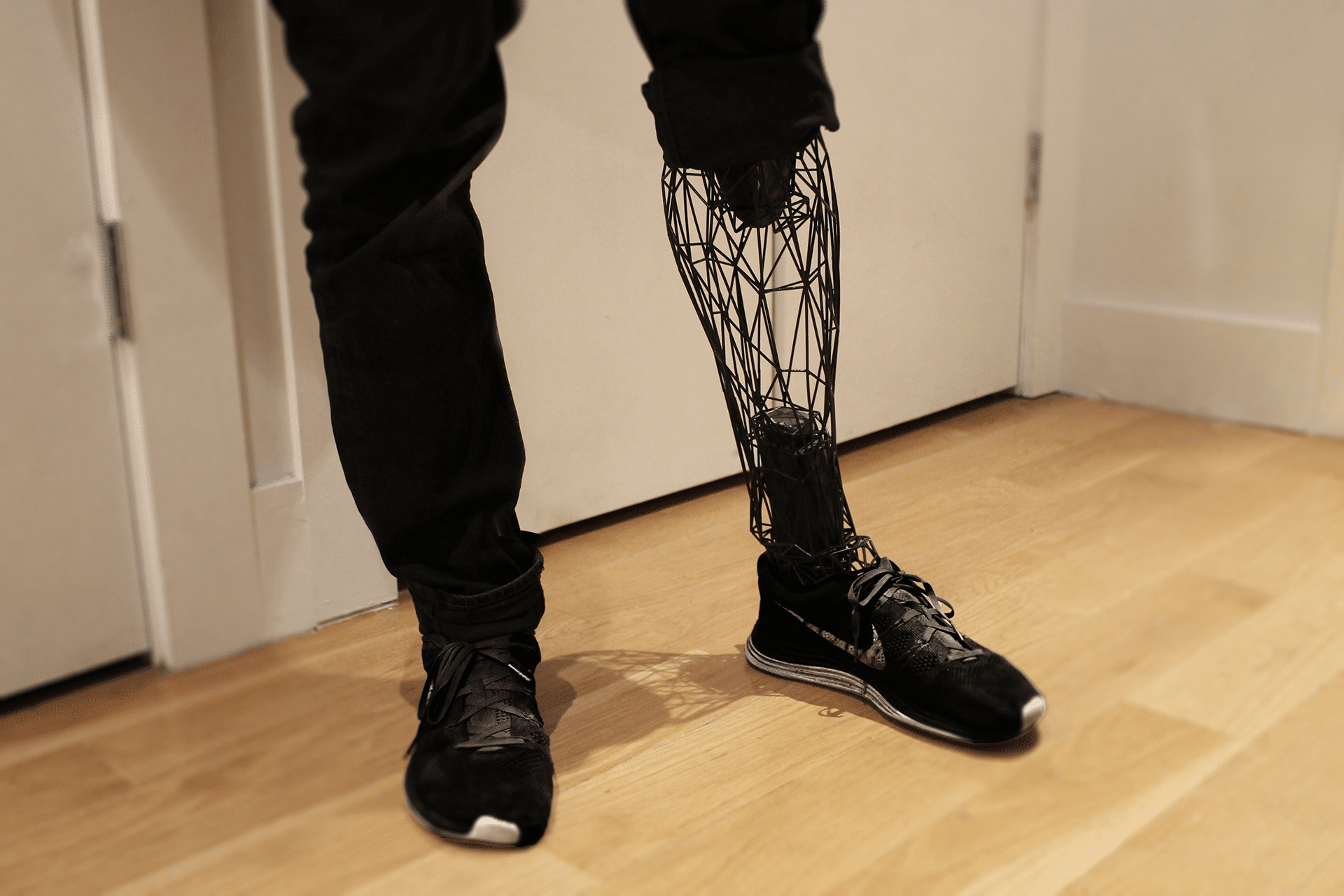3D printing is one of the most groundbreaking technologies revolutionizing our world today. With the rapid advancement of technology reshaping various industries, the medical field has embraced this innovative tool to enhance patient care and provide customized, effective medical solutions. Among the sectors experiencing remarkable progress due to 3D printing, healthcare stands at the forefront. This article explores this advanced technology, its diverse applications, and its significant impact on medicine and healthcare.
What is 3D Printing in Medicine?
3D printing, also known as additive manufacturing in the medical field, is a process of creating three-dimensional objects from digital models specifically designed for medical purposes. This technology builds successive layers of materials such as bioplastics, metals, and even living cells to produce customized medical devices, prosthetics, and precise anatomical models, such as heart valves.

Imagine a surgeon preparing for a complex heart surgery. Using CT scan or MRI data, a detailed 3D digital model of the patient’s heart can be created. This model serves as a guide for a 3D printer to produce an exact replica of the heart, allowing the surgeon to meticulously plan the procedure. Such applications not only improve surgical accuracy but also reduce the time patients spend in the operating room.
Current Applications of 3D Printing in Hospitals
Several significant applications of 3D printing stand out in the healthcare sector, particularly in hospitals. These applications play a crucial role in providing direct solutions and accurate diagnoses for patients with various internal and external medical conditions. Below are some of the most notable applications:
1. Personalized Medical Solutions
One of the primary advantages of 3D printing in healthcare is its ability to offer personalized medical solutions for each patient. For instance, children who require prosthetic limbs can receive customized prosthetics designed to fit their growing bodies perfectly. These tailored prosthetic limbs not only provide comfort but also enhance functionality, enabling patients to lead active and normal lives.
2. Surgical Planning with Anatomical Models
3D printing is revolutionizing surgical planning by enabling the creation of realistic anatomical models. These models, which replicate organs, bones, and complex soft tissues, allow surgeons to better understand difficult cases. By using these models, surgeons can plan procedures in advance and practice techniques before entering the operating room, reducing risks and increasing success rates.

3. 3D-Printed Prosthetics and Implants
Medical implants and prosthetics require patients to adapt to them. However, bioprinting (3D printing of organs) has changed the game by enabling the creation of patient-specific implants designed to match the anatomy of organs.
4. Applications in Dentistry
3D printing is also making significant advancements in dentistry. Today, dentists can create crowns, bridges, and even orthodontic devices directly in their clinics using 3D printers. This eliminates the need to send orders to external laboratories, reducing patient waiting times and enhancing overall satisfaction and experience.
Benefits of 3D Printing in Healthcare
3D printing is transforming the medical field by offering faster production, cost-effective solutions, and customized medical devices. This technology is reshaping patient care, making treatments more accessible and efficient. Below, we explore the key benefits of 3D printing in healthcare.
Speed and Efficiency
One of the most significant benefits of 3D printing in healthcare is the speed at which medical devices and anatomical models can be produced. In emergency medical situations, rapid production can be a lifesaving factor. Traditional manufacturing methods may take weeks or even months to create a customized medical device, whereas 3D printing can achieve this in just hours or days.

Cost Reduction
Although the initial investment in 3D printing technology can be high, the long-term savings are substantial. The ability to produce customized medical devices on demand reduces storage costs and minimizes unnecessary waste. Additionally, hospitals can manufacture many essential devices in-house, reducing transportation and logistical expenses.
Challenges Facing 3D Printing in Healthcare
Although there are many advantages and useful applications of three-dimensional printing technology, this technology faces some difficult challenges in the field of healthcare, these challenges are formed in the following important points:
Regulatory Barriers
One of the major challenges limiting the widespread adoption of 3D printing in healthcare is regulatory complexity. Medical devices produced through 3D printing must comply with strict safety and efficacy standards to ensure patient well-being. Regulatory bodies, such as the U.S. Food and Drug Administration (FDA), continuously develop guidelines for these devices. However, as technology evolves, regulatory frameworks must adapt accordingly.
Material Limitations
Despite the expanding range of materials suitable for medical 3D printing, significant challenges remain. One key issue is the search for biocompatible materials that can withstand medical conditions while meeting regulatory standards. Researchers are actively working on innovative materials, such as bio-ink for tissue printing and advanced polymers for long-term implants.

Technological Barriers
Scalability and precision remain critical challenges in certain medical 3D printing applications. For example, while 3D printing can create highly intricate structures, achieving the necessary accuracy for delicate devices—such as drug delivery systems—remains a significant obstacle. Overcoming these limitations is essential for expanding the scope of 3D printing in medical applications.
The Future of 3D Printing
As we explore the vast potential of 3D printing, it becomes clear that its future in healthcare is incredibly promising. Emerging technologies such as bioprinting, which involves printing living tissues and organs, are nearing reality. Imagine a world where patients no longer need to wait years for organ transplants—organs could be printed using their own cells.
This breakthrough could significantly reduce wait times and lower the risk of organ rejection. Additionally, personalized medicine through 3D-printed drugs with tailored dosages and controlled release properties holds enormous potential for more effective treatments.

Case Studies and Real-World Applications
Several real-world studies and applications have successfully demonstrated the impact of 3D printing in medical devices. Here are some noteworthy examples:
- Northwestern University: Researchers at Northwestern University are leveraging 3D-printed scaffolds for tissue engineering and regenerative medicine. They successfully created a 3D-printed ovary, which was implanted in mice, enabling them to ovulate and reproduce. This breakthrough marks a significant step toward advancements in human reproductive medicine.
- Veterans’ Health Administration: The Veterans Health Administration has adopted 3D printing to develop customized prosthetic limbs for veterans. This initiative has not only enhanced the fit and functionality of prosthetic devices but also reduced wait times and costs associated with providing these essential medical solutions.
In conclusion, 3D printing is undoubtedly reshaping the future of healthcare by offering precise, customized, and effective medical solutions. As advancements continue, expertise in this field remains crucial for professionals leading this technological revolution.
HSI plays a vital role in this transformation by offering advanced training programs and innovative consultancy services to equip medical and engineering professionals with the necessary skills. Whether you’re looking to enhance your expertise in designing medical devices or managing healthcare systems, join us on this journey toward a brighter future in medical engineering. Be part of the change that makes a difference in patients’ lives and society as a whole.
Source: Creality – specialized in the production of printers developed with advanced technologies